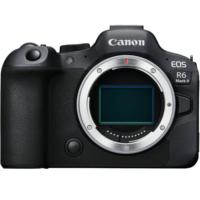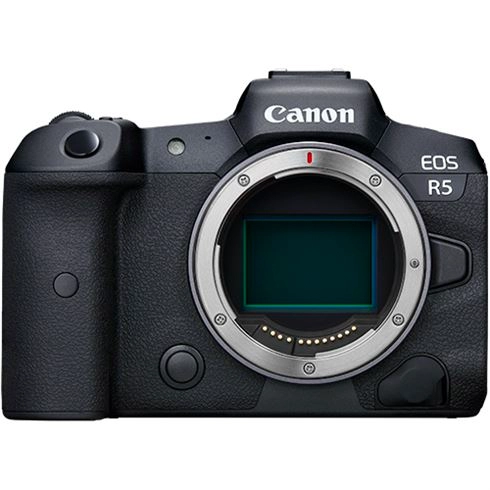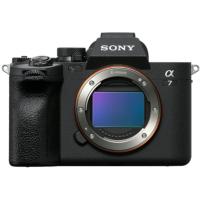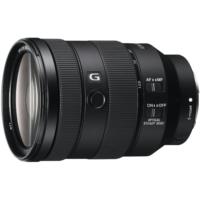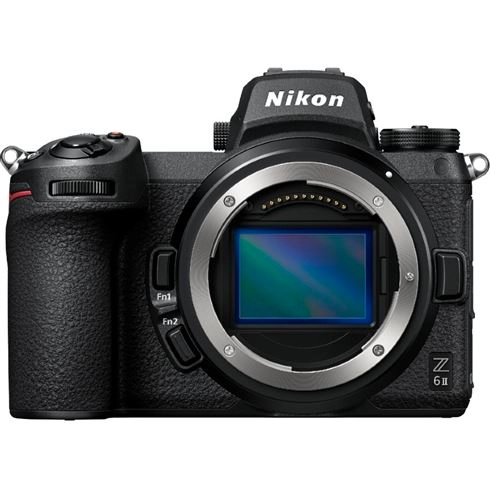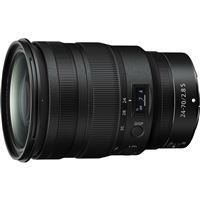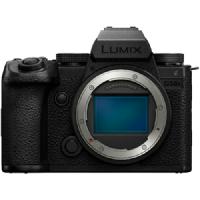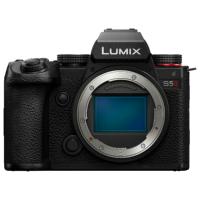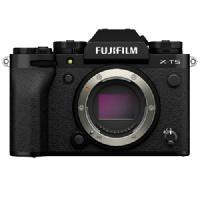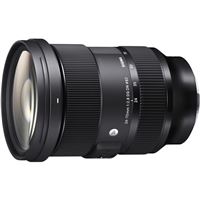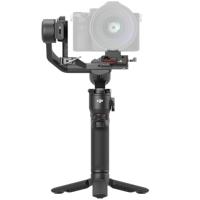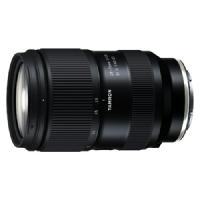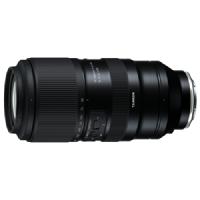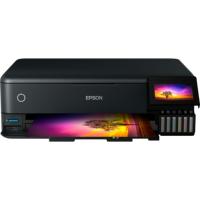Shooting an original and creative portrait sometimes seems harder than it really is. So you can play with perspective, composition, but you can also use different lenses and bring a contrast into the picture. We have collected 10 tips so you can shoot beautiful portraits.
10 tips for portrait photography
Tip 1: Set your camera properly
Before you get started with portrait photography, you obviously need to set up your camera properly. It is wise to set the shutter speed short, as people can move which can cause motion blur. In addition, do not set the ISO value too high to avoid noise in the photo. When you start shooting, it is best to focus on the eyes. Camera set? Then you can get started!
Tip 2: Communicate with your model
It is important to get well acquainted with your model. If you know each other a bit, you will both feel more at ease. It is therefore also important as a photographer to keep talking to your model. In this way, you can also communicate well about certain poses or looks of the model, and make adjustments if necessary. Also, compliment your model regularly, it gives confidence and you will see that reflected in the image.
Tip 3: Play with perspective
For a portrait photo, it is customary to shoot at your model's eye level, as this creates a connection with the person viewing the image. Do you want to try something different? Then play with perspective. For example, position your camera closer to the ground if you want to capture your model more imposingly or make them look taller. You can also capture someone from above. This can be very cool if you are at a viewpoint, for example.
Tip 4: Try using a wide-angle lens
For portrait photography, a 50mm or 90mm prime lens is often used, but you can also opt for a wide-angle lens. The distortion of a wide-angle lens causes parts of the face or body to become enlarged. Moreover, you can show more of the surroundings in this way. Wide-angle lenses also come in handy when you want to capture your model's entire body, because you want to show off the clothes, for example.
Tip 5: Your model doesn't always have to look at you
In portrait photography, the model often looks into the camera, but this is not always necessary. To create a dramatic effect, you can make the model look slightly outside the frame. This makes the viewer wonder what the model is doing. When you capture several people, there is also no need to have them all look into the camera. By having models look at each other (or not), you can portray the relationship between the people.
Tip 6: Think about composition
The composition of a portrait photo is very important. Is someone looking straight into the camera or not? What does their body language say? By positioning your model differently, you can express gloom or make it look like the model is shutting themselves off from the world. You can also have your model hold out a hand towards the camera, creating interaction between the viewer and the model.
Tip 7: Use sufficient light
Light is very important in portrait photography. You can use different forms of light, such as daylight, flash light and continuous lighting. Generally, daylight is the best light as it is quite strong and continuously illuminated. But of course it can also be cloudy, in which case you can use a reflection screen to make the most of the light. When shooting at night or in a dark room, you can also use a continuous lamp, which basically replaces daylight. The advantage of continuous lighting is that you immediately see the light's effect without taking a photo. You can also use an umbrella or softbox to diffuse the light. Finally, you can also opt for flash lighting. This is hugely powerful, but very fast. You are sometimes less able to assess the effect of light in advance.
Tip 8: Experiment with contrast
Contrast plays an important role in creating an original portrait photo. The most common is a visual contrast with for instance light or colour. Contrasts can also be shaped by social or societal issues. For example, you can put two subjects side by side to create a contrast, such as rich and poor, young and old or war and peace. This contrast can make the viewer think, allowing the image to contain a unique message.
Tip 9: Create mystery
Mystery can make a portrait photo very interesting. This forces the viewer to look at the picture just a bit longer. A silhouette is a nice way to create mystery, but a deliberately blurred photo can also add mystery. You can also choose to portray only a distinctive look or body part, for example with a silhouette.
Tip 10: Make your model move
Portrait photography does not always have to be static. Movement can actually make a portrait photo interesting and, besides, it often tells more about the model. You can get movement in your portrait photo by, for example, taking a picture with a moving vehicle or people walking in the background, but you can also choose to let your model move. Play around with the shutter speed and allow movement in your portrait photography.

